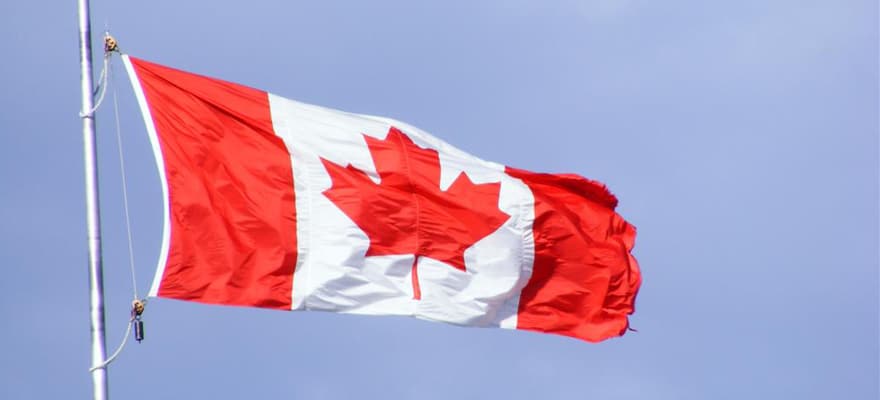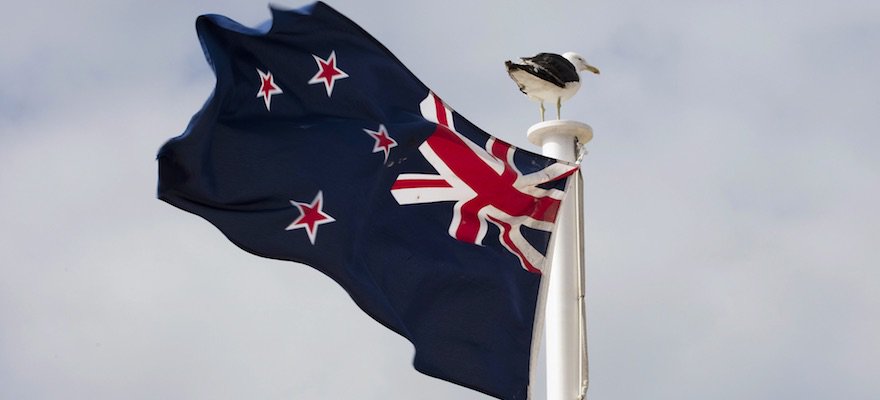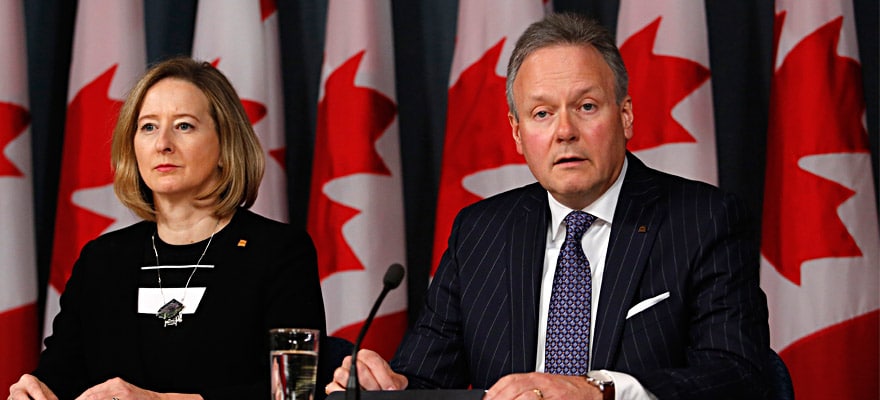The Canadian dollar rallied over 1,500 pips against the US dollar between January 20 and mid-March. This move marked a significant reversal and the end of a stellar depreciation of the CAD against the USD of over 5,000 pips which commenced in mid-2011. The recent strength in CAD was prompted by the Bank of Canada's January 20 statement which displayed a neutral outlook on monetary policy, however also acknowledging the detrimental effects of lower oil prices.
The BOC's January statement served a support base to falling CAD by showing that the bank does not need to ease monetary policy due to the steep depreciation of the currency, which has inflation-boosting effects of its own.
The strength in CAD was augmented in February as the price of WTI created a bottom around $28 and proceeded to rally to near $40 per barrel, thereby erasing all the losses since early December. Part of the upside in oil was induced by comments regarding an OPEC and non-OPEC meeting wherein output would be frozen. Although a date for the meeting has not been confirmed, the speculation of such keeps oil supported. Further upside in oil is likely to benefit the CAD further.
The March 9 BOC statement saw the bank hold its neutral stance and was generally upbeat, with the bank seeing economic developments play out largely in line with its forecasts in its January Monetary Policy Report. The result of the release was further upside in CAD as the market received confirmation that rates are on hold.
The prospect of fiscal stimulus in the budget to be released on March 21/22 is another factor that has encouraged the BOC to remain on hold with rates. The market will be watching the release of the budget to gauge the impact on the Canadian economy, with government stimulus likely to boost the CAD further as the likelihood of monetary easing is diminished.
Employment for February was relative poor; at 7.3% the unemployment rate is at its highest level since March 2013. Employment change saw 2,300 jobs lost, opposed to expectations of a 9,000 gain. The marginal miss was not enough to dent CAD strength, given the rising price of West Texas Intermediate.
GPD for the month of December was at 0.2%. Fourth quarter GDP was calculated to 0.2% q/q, equating to annualised growth of 0.8%. The slow economic expansion is in line with BOC expectations and is largely a result of slowing in the oil and mining industries.
Inflation for the 12 months ending January, released February 19, saw an increase in headline CPI to 2.0% from 1.6%, above estimates for an increase to 1.7%, and the highest print since November 2014. Headline inflation was also up on the month at 0.2%, above estimates for an increase of 0.1% and a significant improvement on the prior reading of -0.5%. Core prices also exceeded market expectations with the annual rate at 2.0% vs 1.9% expected, and the month on month figure at 0.3% vs 0.2% expected. With both headline and core inflation at 2.0% y/y, the BoC is on target with its goal of maintaining inflation at a rate of 1-3%.
The Canadian dollar is a neutral currency at present as the Bank of Canada remain satisfied with economic developments and has signalled no bias for further easing. Core inflation is on target and the oil price has started moving higher during late February and March which bodes well for the resource exporting nation. Further upside in WTI will make the CAD a buy on pullbacks against weaker currencies.
The Canadian dollar rallied over 1,500 pips against the US dollar between January 20 and mid-March. This move marked a significant reversal and the end of a stellar depreciation of the CAD against the USD of over 5,000 pips which commenced in mid-2011. The recent strength in CAD was prompted by the Bank of Canada's January 20 statement which displayed a neutral outlook on monetary policy, however also acknowledging the detrimental effects of lower oil prices.
The BOC's January statement served a support base to falling CAD by showing that the bank does not need to ease monetary policy due to the steep depreciation of the currency, which has inflation-boosting effects of its own.
The strength in CAD was augmented in February as the price of WTI created a bottom around $28 and proceeded to rally to near $40 per barrel, thereby erasing all the losses since early December. Part of the upside in oil was induced by comments regarding an OPEC and non-OPEC meeting wherein output would be frozen. Although a date for the meeting has not been confirmed, the speculation of such keeps oil supported. Further upside in oil is likely to benefit the CAD further.
The March 9 BOC statement saw the bank hold its neutral stance and was generally upbeat, with the bank seeing economic developments play out largely in line with its forecasts in its January Monetary Policy Report. The result of the release was further upside in CAD as the market received confirmation that rates are on hold.
The prospect of fiscal stimulus in the budget to be released on March 21/22 is another factor that has encouraged the BOC to remain on hold with rates. The market will be watching the release of the budget to gauge the impact on the Canadian economy, with government stimulus likely to boost the CAD further as the likelihood of monetary easing is diminished.
Employment for February was relative poor; at 7.3% the unemployment rate is at its highest level since March 2013. Employment change saw 2,300 jobs lost, opposed to expectations of a 9,000 gain. The marginal miss was not enough to dent CAD strength, given the rising price of West Texas Intermediate.
GPD for the month of December was at 0.2%. Fourth quarter GDP was calculated to 0.2% q/q, equating to annualised growth of 0.8%. The slow economic expansion is in line with BOC expectations and is largely a result of slowing in the oil and mining industries.
Inflation for the 12 months ending January, released February 19, saw an increase in headline CPI to 2.0% from 1.6%, above estimates for an increase to 1.7%, and the highest print since November 2014. Headline inflation was also up on the month at 0.2%, above estimates for an increase of 0.1% and a significant improvement on the prior reading of -0.5%. Core prices also exceeded market expectations with the annual rate at 2.0% vs 1.9% expected, and the month on month figure at 0.3% vs 0.2% expected. With both headline and core inflation at 2.0% y/y, the BoC is on target with its goal of maintaining inflation at a rate of 1-3%.
The Canadian dollar is a neutral currency at present as the Bank of Canada remain satisfied with economic developments and has signalled no bias for further easing. Core inflation is on target and the oil price has started moving higher during late February and March which bodes well for the resource exporting nation. Further upside in WTI will make the CAD a buy on pullbacks against weaker currencies.

















